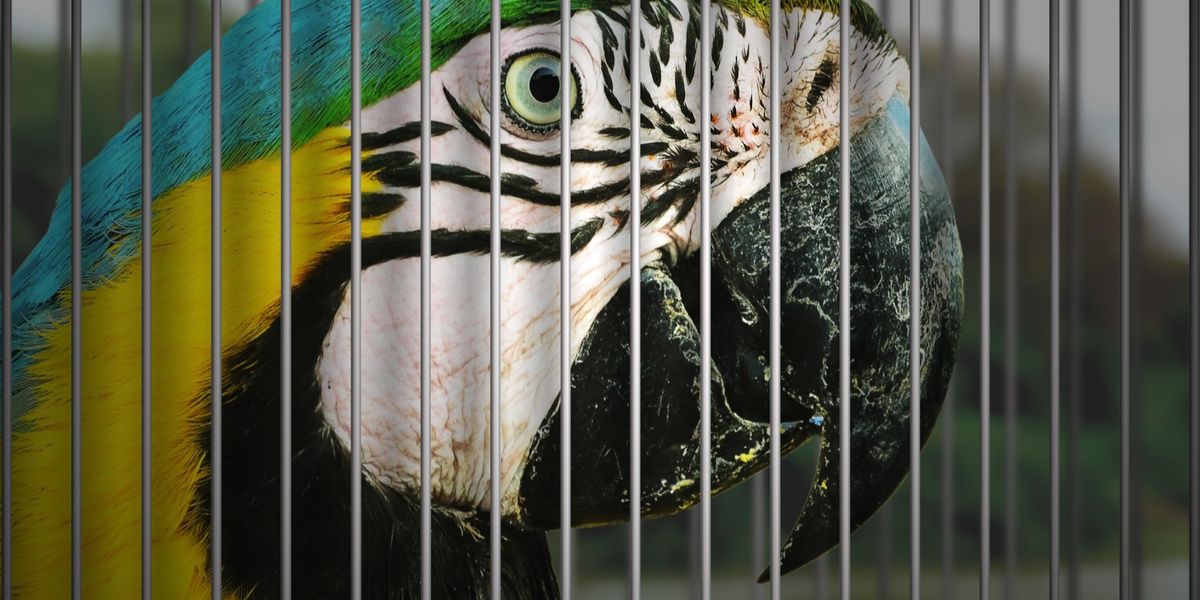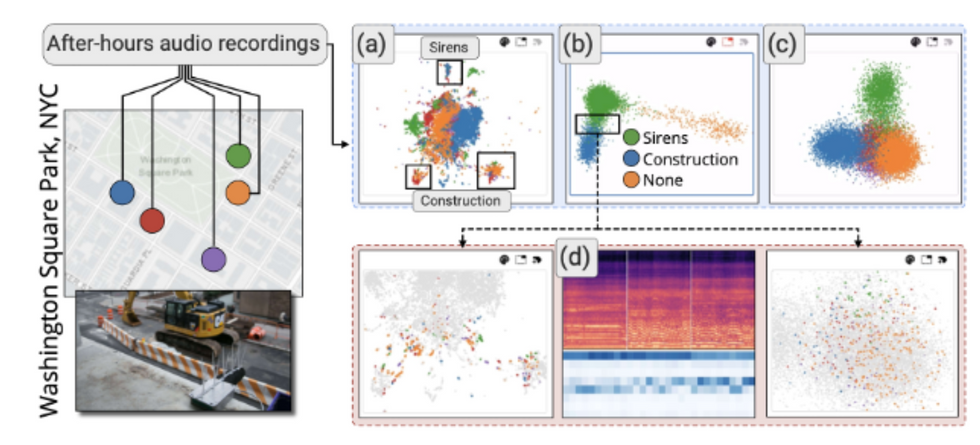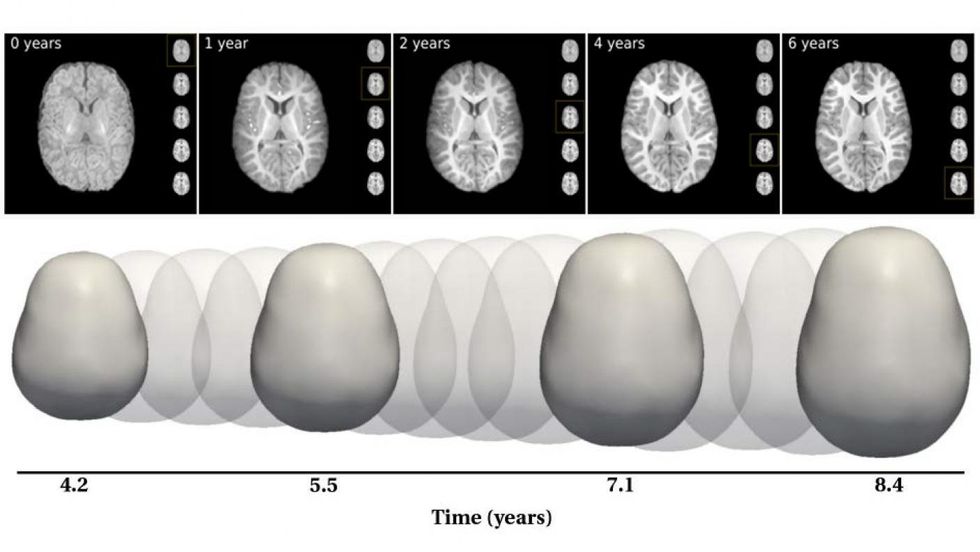

This is a sponsored article brought to you by NYU Tandon School of Engineering.
Wildlife trafficking is a lucrative market. While it’s hard to tell exactly how much money it brings in, the U.S. government estimates it’s in the billions of dollars a year. Animals and their parts are traded much like firearms or narcotics — through complex networks of suppliers, dealers, and buyers, who leave a bloody path in their wake. The destruction speaks for itself; species decimated, environments degraded, and innocent people victimized.
Wildlife trafficking concerns both conservation and global security, with significant effects across the international community. It presents a serious threat to biodiversity, and has had substantial human cost and detrimental effects including fueling crime, violence and environmental destruction. The COVID-19 pandemic, likely caused by a virus that jumped from wildlife to humans, has brought attention to the fact that wildlife trade can also have serious public health and safety implications.

Traffickers increasingly make use of technology to streamline their activities and, at the same time, to evade detection. Internet platforms provide an easy mechanism for globalized buying and selling, which has put new pressure on wild populations of endangered and threatened species. While this creates challenges, it also opens new opportunities. As criminals use technology, complex trafficking networks leave traces of their activity on the web, and by identifying and connecting these fingerprints, researchers can obtain insights into how the trafficking networks work as well as how they can be detected and disrupted. And that’s where data scientists like Juliana Freire come in.
“Animal trafficking has many dangers, not least to the animals,” says Freire, a Professor of Computer Science and Data Science at the NYU Tandon School of Engineering, as well as the co-Director of the Visualization Imaging and Data Analysis Center (VIDA) at NYU and a member of the NYU Center for Data Science. “Ninety percent of the creatures involved die. So preventing or circumventing trafficking is an important goal to protect these animals and the environments that rely on them. And we can use data science to help fight this criminal enterprise.”
Data Defenders
Freire has spent her career creating methods and systems that empower a range of users — not just experts in data and computer science — to obtain trustworthy insights from data. This spans topics in large-scale data analysis and integration, visualization, machine learning, and web information discovery. The VIDA Center that she directs brings together a group of NYU Tandon researchers working in different areas of computer science to bring insights into everything from criminal justice, to urban life, to healthcare, with the intention to use data to produce better outcomes for society at large. Freire’s work in particular has focused on practical and societally important problems, from criminal justice, to urban congestion, to computer reproducibility, to art archives.
Even for data scientists, animal trafficking is a tricky problem to crack. “Most people who actually capture the animals are doing so out of convenience,” says Freire. “You might capture a rare monkey in a trap for another animal, and through local contacts, know that it could fetch a good price on the black market.” These people — mostly impoverished — are doing their best to live off the land, and are not the right targets for law enforcement. “It’s the middlemen — the people who buy the animals and then sell them to the highest bidder, that really drive the market.”
That makes it more difficult for law enforcement, who have to track international illicit markets which largely operate in darker corners of the internet, from popular social media sites and eBay, to sites law enforcement haven’t heard of, often using codes and ciphers they haven’t uncovered. That’s where the data comes in.
Assembling the Team
Freire has teamed up with a number of specialists to take on this challenge. She is joining together with Jennifer Jacquet, Associate Professor of Environmental Studies at NYU College of Arts and Science; Gohar Petrossian, Associate Professor in the Department of Criminal Justice at CUNY; and Sunandan Chakraborty, Assistant Professor of Data Science at Indiana University–Purdue University Indianapolis. Between the four of them, their expertise in crime, the environment and data combine to be a potent force against trafficking. And they’ve been awarded a total of $994,000 from the National Science Foundation to help take these criminals down.
The struggle they face is to find, extract, integrate and analyze information to figure out how traffickers coordinate online. For most law enforcement agencies, with budgets stretched thin and forced to prioritize other crimes, there’s simply no bandwidth to track these criminals. The goal of Freire and her team is to make it easier to keep eyes on the traffickers, by unveiling where and how they carry out their activities
“At VIDA, while our work is in foundational computer science and math, it has real-world implications”
—Juliana Freire
The approach marries data analysis, machine learning, and predictive models to help uncover the hiding holes that criminals use to huddle online. Freire and her colleagues can use a starting point — a known website where traffickers congregate to trade tips and opportunities — and spin that out to a network of unseen deep-web pockets of criminal activities.
The algorithms they’re developing will be able to track users to other sites, developing a complex web of the places where traffickers are known to communicate. And by utilizing machine learning, the model will constantly improve itself, learning exactly what’s relevant among the traffickers’ web activity, and producing an ever-more accurate portrait of the networks criminals use to trade in wildlife. The result will be a specialized search engine that will go deeper than Google could dream of, bringing leads to the fingers of law enforcement that would have previously required huge amounts of manpower.
For Freire, this is not a new problem to solve. She previously worked on DARPA’s Memex program, a three-year research effort to develop software to enable domain-specific indexing of open, public web content and domain-specific search capabilities, with a focus on Memex to combatting different kinds of crime, including human trafficking. Freire and colleagues, including Ari Juels from Cornell Tech and Torsten Suel, a professor in NYU Tandon’s Department of Computer Science and Engineering, worked on techniques to address the shortcomings of traditional search engines for specific information needs. Memex technology has been used by law-enforcement nationwide, including the New York District Attorney’s Office, to help curb human trafficking and bring justice to victims.
A Center for All Things Data Science
Freire’s work fits squarely within VIDA’s mission, which utilizes advanced data analysis and visualization to illuminate the underlying factors influencing a host of social ills. Along with Freire and co-founder Claudio Silva, VIDA comprises five full-time faculty members focused on applying data science to solve varied data-related issues including quality, efficiency, reproducibility, and legal and ethical implications.

These faculty, along with their researchers and students, are helping provide key insights to all sorts of societal problems where big data can illuminate unseen elements.
What separates VIDA from other groups of data scientists is that they work with data along the entire pipeline, from collection, to processing, to analysis, to real world impacts. The members use their data in different ways — improving public health outcomes, analyzing urban congestion, identifying biases in AI models — but the core of their work all lies in this comprehensive view of data science. Freire points out that her work fighting animal trafficking hits every single one of these beats: most VIDA projects do the same.
The center has dedicated facilities for building sensors, processing massive data sets, and running controlled experiments with prototypes and AI models, among other needs. Other researchers at the school, sometimes blessed with data sets and models too big and complex to handle themselves, come to the center for help dealing with it all.

The VIDA team is growing, continuing to attract exceptional students and publishing data science papers and presentations at a rapid clip. But they’re still focused on their core goal: using data science to affect real world change, from the most contained problems to the most socially destructive.
“At VIDA, while our work is in foundational computer science and math, it has real-world implications,” says Freire. “We take our academic work seriously, but we also utilize education, advisory roles, and legislative and public outreach strategies to make sure that our research in data science can truly make a difference for people.”
Reference: https://ift.tt/mfjZOpu

No comments:
Post a Comment